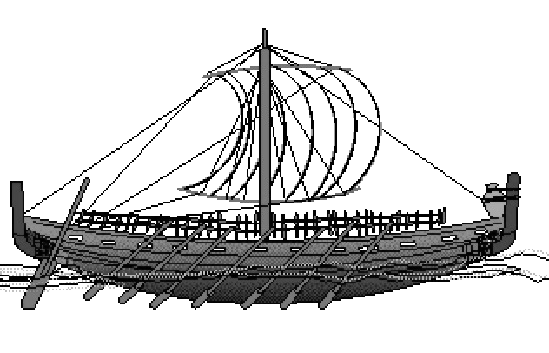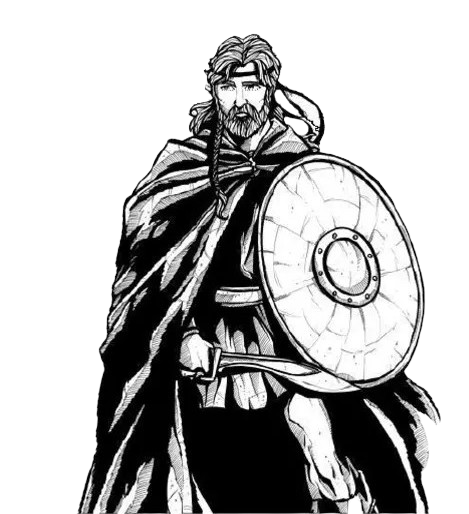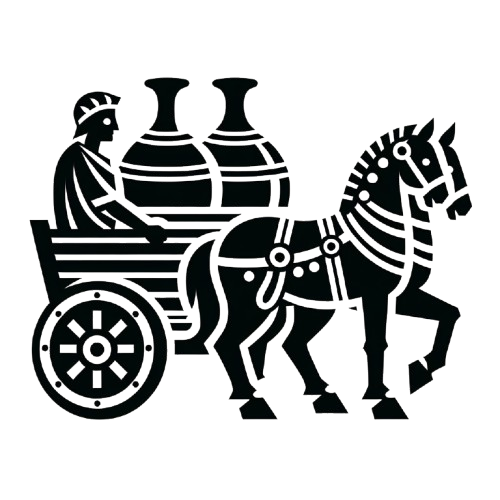One day, 2.500 years ago…
…cultivated olive trees were growing in Alpiarça, just 15 km in a straight line from Vale do Paiva Farm, according to palynological (pollen) investigations. Abundant remains of Phoenician pottery have been found in the River Tagus valley, close to Móron (Santarém). The Phoenicians traded extensively with that city and with Olisipon (Lisbon). They likely brought olive trees to the region.

Three hundred years later, the Romans arrived here in the Tagus valley in Portugal, at that time called Lusitania. Lusitanian generals like Punicus and Caesarus defeated and were defeated by the Romans. After 55 years of wars (194BC-139BC) against the Lusitanians and their mobile guerilla cavalry units, the powerful Roman Senate finally gave up and proposed peace to the Lusitanian general and noble Viriathus. But not before Viriathus had destroyed another Roman legion and captured their symbols, a deshonor punished by death by decimation imposed to the surviving defeated legion soldiers according to Roman law.

Viriathus, the Lusitanian noble holding his falcata

Roman Centurion Loser
Viriathus took the captured Roman legion symbols in derisory parades along the Lusitanian towns, wrote Greek-Roman historian Apianus Alexandrinus (95AD-165AD). This was a triumphant achievement for the small yet fierce Lusitanian clans, the ancestors of the Portuguese people.
“And yet the country north of the Tagus, Lusitania, is the greatest of the nations in Hispania, and is the nation against which the Romans waged war for the longest times.”
— Greek geographer Strabo (64BC-24AD)
As soon as peace was granted, the Roman senate secretly ordered to end with Viriathus. Without him and under Roman management in the bigger towns like Olisipon (Lisbon) the Lusitanians resumed their lives and businesses. However, Romans never occupied every Lusitanian village in our rugged countryside. They are welcome here, and we can be friends, provided they never try to talk us again to sign another peace treaty 😉
Sempronianus the olive oil decanter and trader from Lusitania.

Quality olive oil was and is a valuable product. An inscription from 1AD-150AD found in Algeciras mentions Marcus Cassius Sempronianus from Olisipon and his wife Zoe Cassia. He was an olive oil decanter and trader.* He is an expert in olive oil, able to distinguish the good from the bad.
We nicknamed him Sem. He went to live somewhere in the cloud as our Chief Customer Service Automated Officer (CSAO). He is the best AI specialist to help you with advice and suggestions:
- Product information and availability
- Promotions and coupons
- Purchase, Shipment and Returns
- How to taste olive oil
- Where to find our eBook with delicious olive oil recipes from several countries
- How to sponsor one of our olive trees
You may also ask Sem about his life and family from 1.900 years ago. If he somehow has not the information you need, please ask him “I want to contact Vale do Paiva” and he will help you to do so.
*A propos de Marcus Cassius Sempronianus Olisiponensis, Diffusor Olearius, Marie-France Loyzance, 1986.


